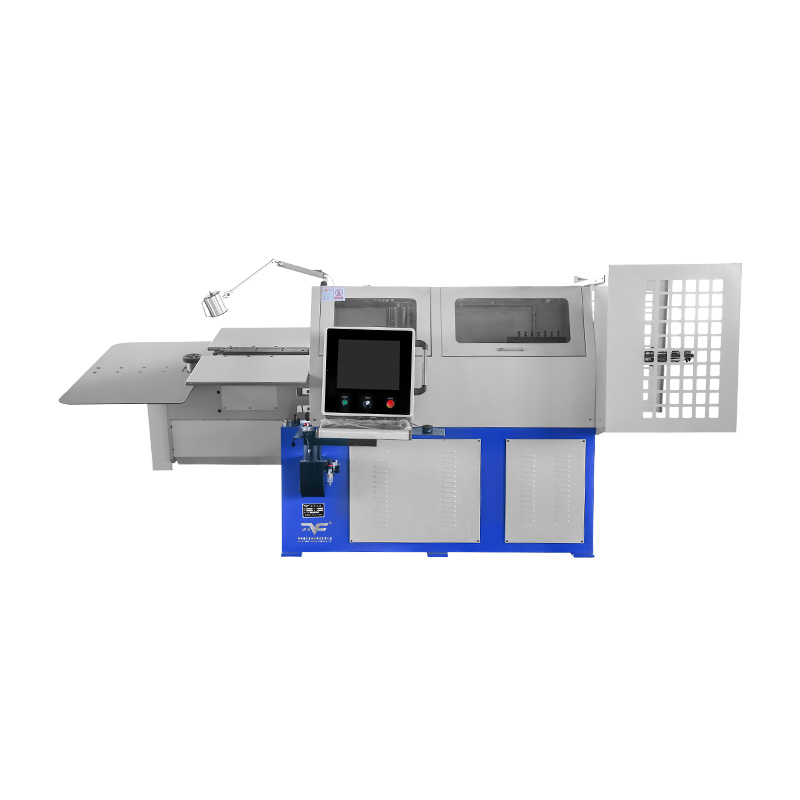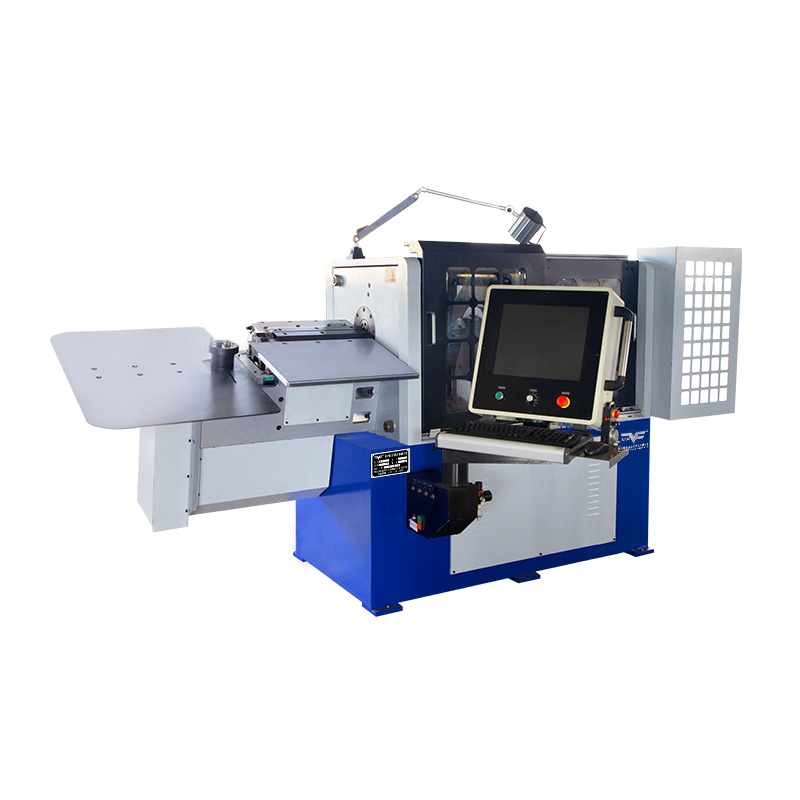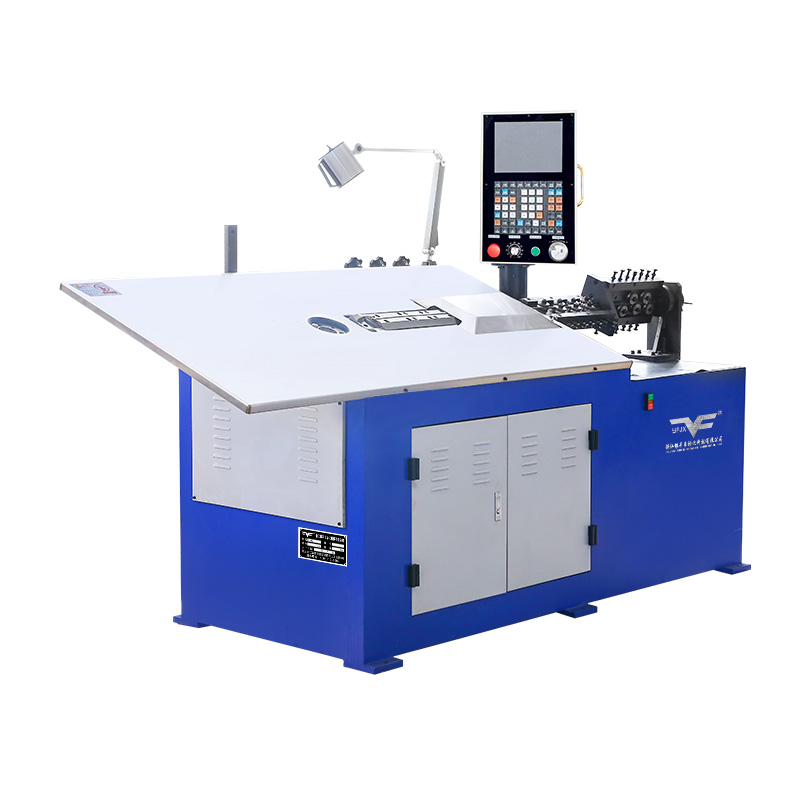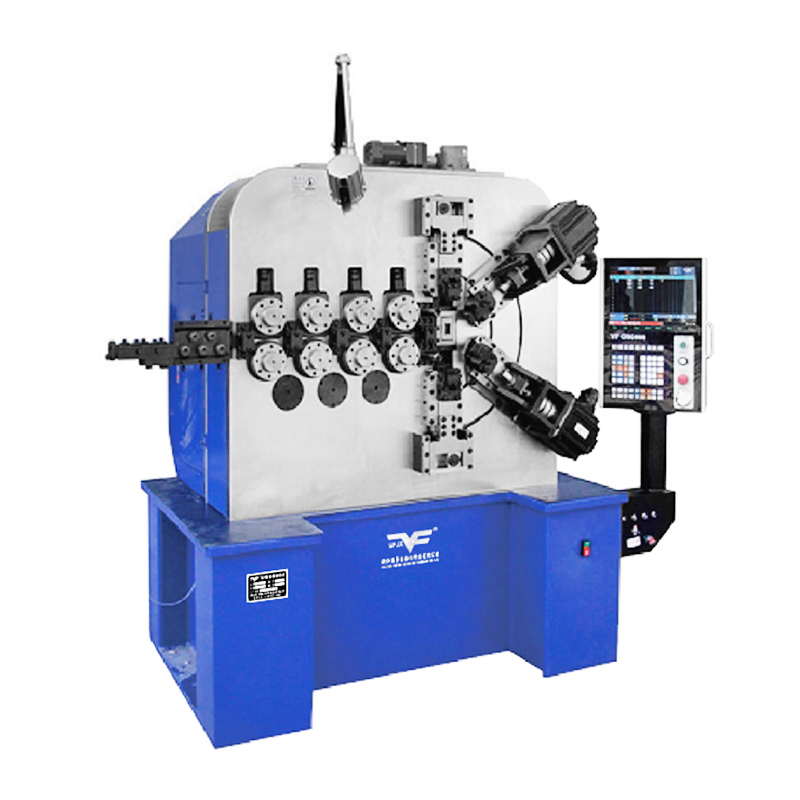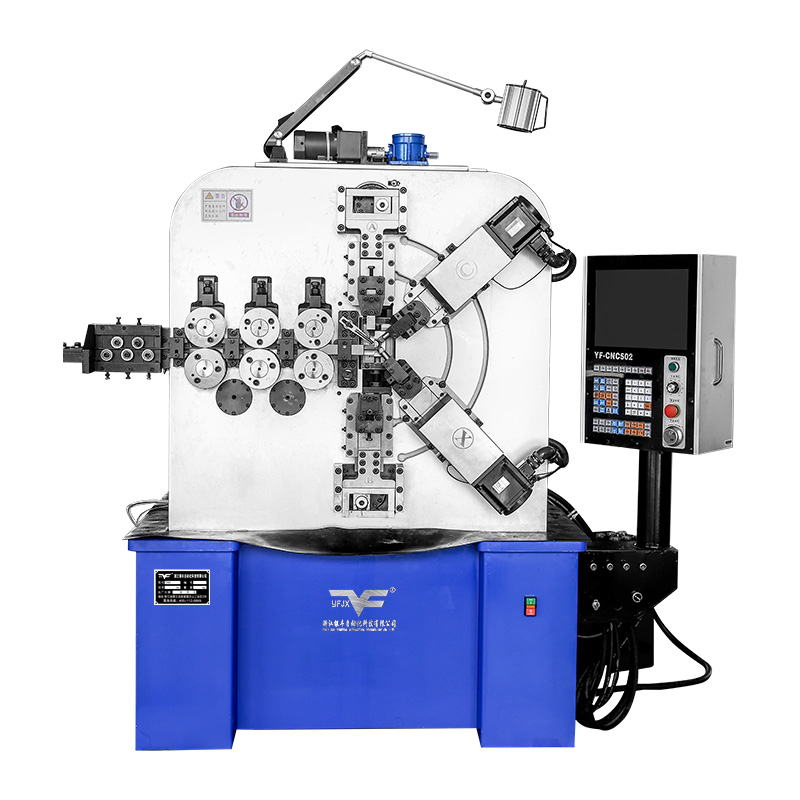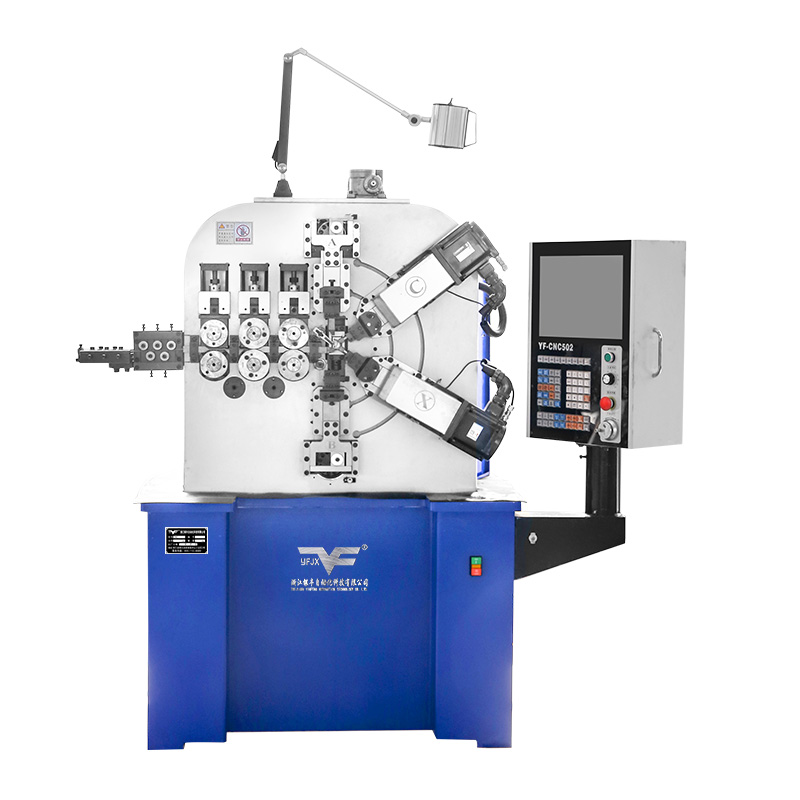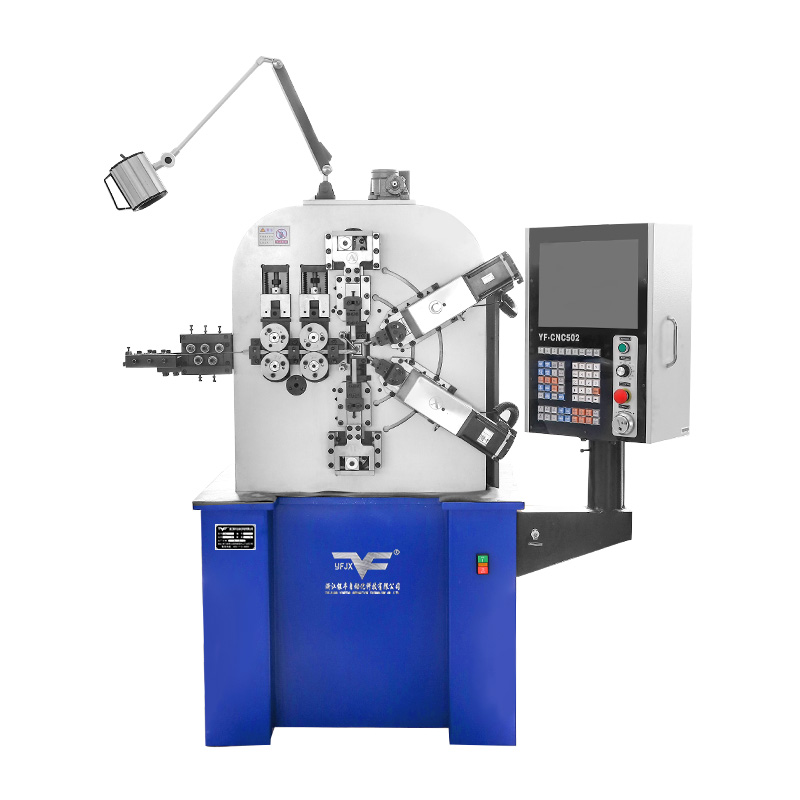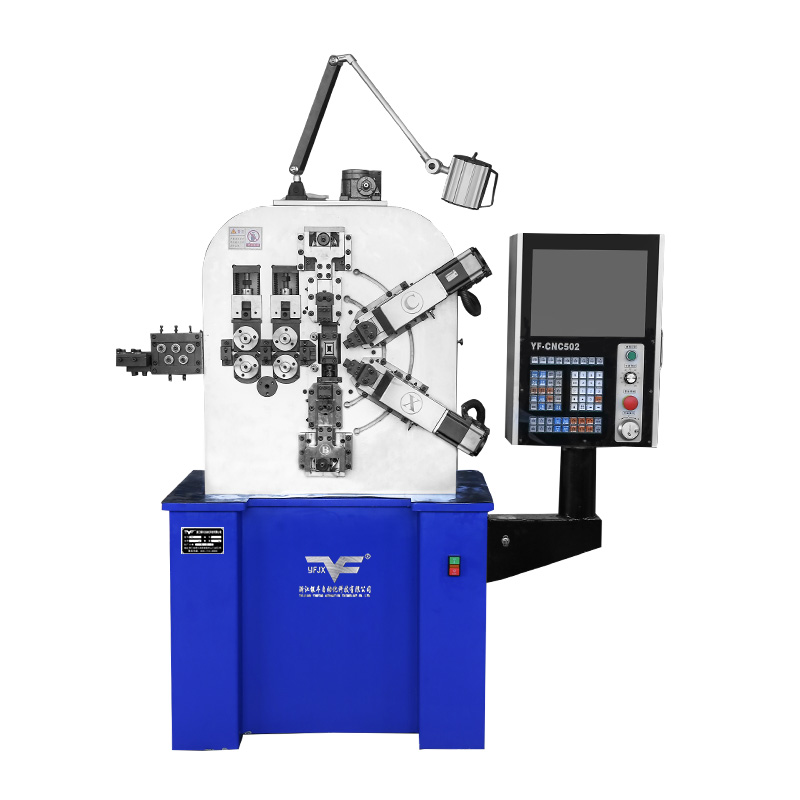Camless Spring Machine Innovation Drives Transition Toward Intelligent Manufacturing
Industry News-The evolution of production methodologies is increasingly centered on the integration of digital and physical systems. Within this context, the Camless Spring Machine is not merely a piece of forming equipment; it functions as a connected node in a larger production network. By its fundamental design, which utilizes multiple independent servo drives instead of a mechanical camshaft, it generates data and receives instructions digitally. This inherent connectivity positions the Camless Spring Machine as a facilitating technology in the move towards more intelligent manufacturing environments.

The Digital Thread: From Design to Production
A key aspect of intelligent manufacturing is the seamless flow of information. Camless Spring Machine operations are governed by software programs that can be developed offline. This allows for the creation and validation of forming processes in a virtual environment before they are ever sent to the machine. This digital thread connects the design phase directly to the factory floor, reducing the time required to move a new product design into production. It also allows for the storage and retrieval of proven programs, ensuring repeatability across production runs separated by time.
Data Visibility and Process Insight
The operational parameters of a Camless Spring Machine are constantly monitored. Information on cycle counts, runtime, and servo motor performance can be collected. This data provides manufacturing teams with visibility into machine utilization and production output. By analyzing this information, potential bottlenecks in the workflow can be identified. This level of insight supports decision-making for production scheduling and preventative maintenance planning, moving away from reactive repair strategies towards more predictable operational management.
Adaptive Control for Consistent Output
Beyond data collection, the control systems in a Camless Spring Machine can make adjustments to maintain product quality. For instance, variations in wire feedstock can sometimes affect the forming process. The machine's controls can compensate for these minor inconsistencies in real-time, ensuring that each produced spring meets the specified dimensional criteria. This self-correcting capability enhances the consistency of the output and reduces the need for manual intervention and adjustment by an operator.
The Camless Spring Machine exemplifies how core manufacturing technology is evolving. Its contribution extends beyond shaping wire into springs; it provides the connectivity, data, and adaptive control that form the foundation of an intelligent factory. As manufacturing continues to embrace digitalization, the principles embodied by this technology will become increasingly central to achieving efficient, flexible, and informed production operations.
Enhancing Quality and Reliability
Camless designs improve accuracy through synchronized servo control. The ability to fine-tune movements digitally results in uniform spring geometry and reduced waste. Predictable and stable performance reduces the need for manual intervention, which enhances product reliability. Combined with real-time feedback systems, manufacturers can ensure continuous quality assurance.
Future Development
As digital technology continues to evolve, camless machines are expected to become more integrated with predictive maintenance and AI-based adjustment systems. Their role in intelligent manufacturing reflects a broader movement toward automated precision and modular production lines.
The development of Camless Spring Machines marks an important step toward intelligent manufacturing. With their programmable architecture and data connectivity, these machines are reshaping how spring components are produced and controlled across various industries.

 English
English русский
русский Español
Español 简体中文
简体中文